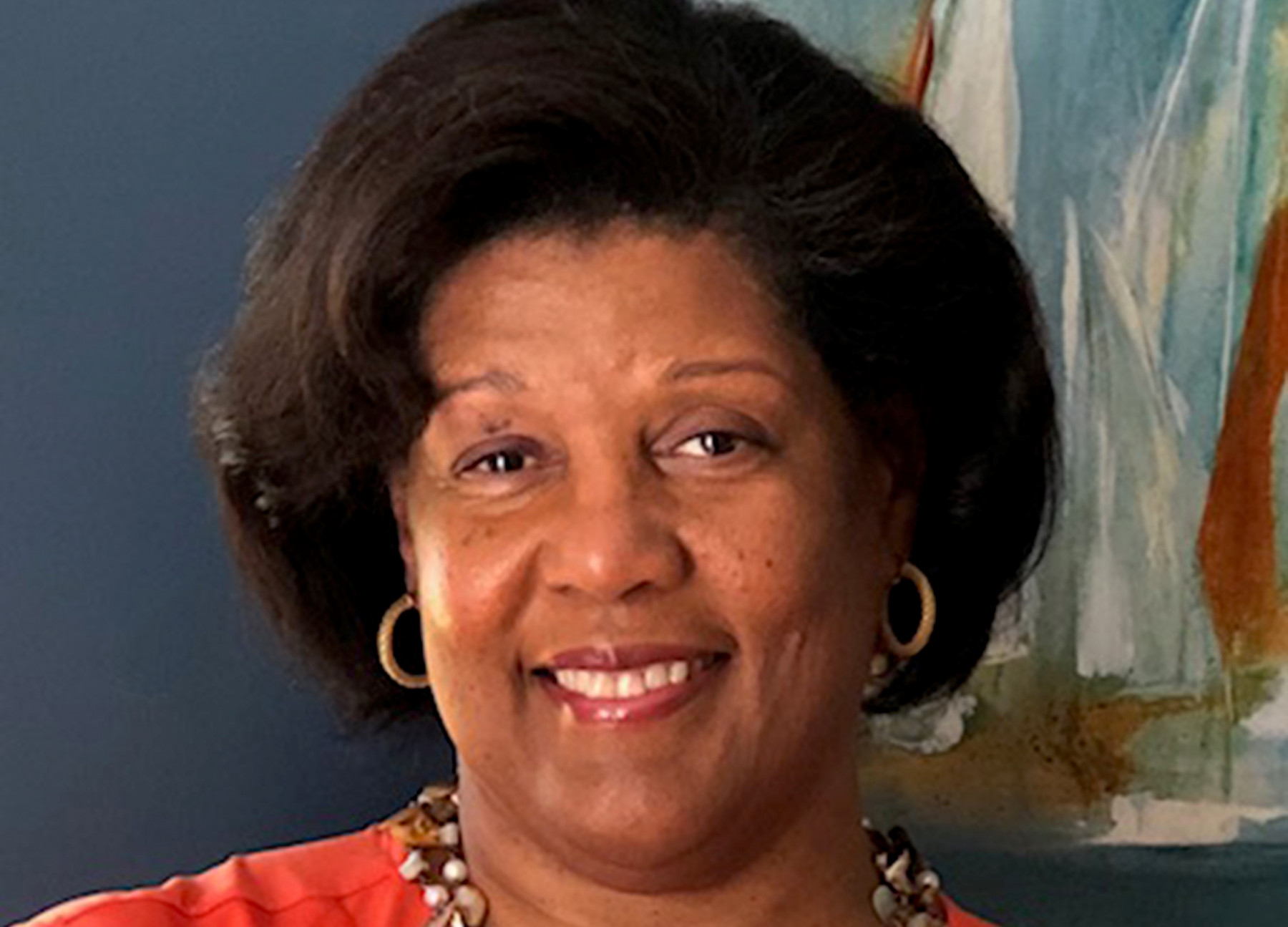Q&A With New CEO of the SCDAA, Regina Hartfield

Regina Hartfield. (Photo courtesy of Sickle Cell Disease Association of America)
Regina Hartfield is set to become the president and CEO of the Sickle Cell Disease Association of America (SCDAA) on Jan. 14.
She brings with her experience ranging from project manager at Memorial Sloan-Kettering Cancer Center and community relations coordinator at The New York Botanical Garden to, most recently, serving on the SCDAA board of directors and as chair of its fundraising committee. As chair, she introduced four virtual 90-minute SickleTini events that raised more than $30,000 during the COVID-19 pandemic.
Prior to her new appointment, Hartfield managed federal, state, and commercial contracts for the consulting firm Customer Value Partners.
In a Q&A-style interview with Sickle Cell Disease News, Hartfield, 62, explained where she wanted to take the organization and its various member groups. She also highlighted the importance of listening to the community and how to better engage patients in clinical trials, which historically have low minority enrollment.
Sickle Cell Disease News (SCDN): It seems like you’ve done a lot of community outreach in different organizations that you’ve been a part of. Are you planning on expanding the organization’s work in that area? And if you are, how are you planning on going about that?
Regina Hartfield (RH): The work that we’d like to do is to currently build on what we have right now. We have 53 member organizations that are part of the SCDAA partnership on a national basis. And so our footprint’s pretty broad, and one of the most important things that I definitely want us to do is to continue to build on that.
The other thing that I think will be exciting is to develop some different types of programming to augment the existing programs that we have in place for fundraising and advocacy. So, we’ll be working on developing those. Stay tuned.
SCDN: What are you hearing from those 53 member organizations? What are they saying are the biggest issues for them and how are you planning to address those?
RH: Right now, the emphasis is on communication. It’s going to be important for me as the new president and CEO to reach out and connect with all of the member organizations, and talk to them about what the priorities are on both sides so that we can join forces and support each other and understand how SCDAA can better support them. So, I would say communication, making sure that the information that we have continues to flow toward them, and then any information or any way we can support or help them, they know they can reach out to us and get a response.
SCDN: What have you felt, coming into this role, are your biggest responsibilities?
RH: I would say the biggest responsibility is to listen. It’s to really hear what … is most important to our community, to our stakeholders so that we are always in tune with the mission, and that we are always in lockstep with executing on the mission, in partnership with our member organizations, and in support of the pharmaceutical industry that is reaching out to provide information and options for those living with sickle cell disease.
Our first and foremost stakeholder is the individual, our warriors, our caregivers, and then our researchers in the medical profession. They are out there doing so much work. The level and depth and quality of programming that is out there is unbelievable. And we want to continue to support that and build on it so that everyone who needs access, who needs information, who needs education, who wants to become a community health worker and make a difference in their individual communities and in their regions, has that opportunity.
SCDN: There’s definitely been a lack of minorities participating in clinical trials. How are you trying to increase that among your community of people with SCD?
RH: The most important way to do that is through education. Using our community health workers to speak more about clinical trials and the importance of clinical trials, having people understand the relationship between research, basic research, translational research, and how that impacts clinical trials … and the importance of the outcomes of these clinical trials and how they inform and determine what the treatments will be and what the therapies can and cannot be and perhaps what the variables are among the patient population.
And, yes, there definitely has been some concern in minority communities about clinical trials. But because we now see how excited people are, as they have learned about our clinical trial finder, and are reaching out and using it, I’m very optimistic that we will, through our educational efforts, continue to bring people on.
SCDN: What are some of the challenges that the SCD community faces? And where do you believe your organization can step in to help you as a leader?
RH: I would say continuing to connect with and listening to all the individuals who are involved in the sickle cell disease space. When I was at the convention this year, I was able to sit in on several talks and listen to individuals and experts talk about sickle cell disease and the treatments and the impact and the quality of life and some of the challenges that they had. And I’m very proud to be able to say that much of what SCDAA offers does support and help overcome some of those challenges. So, we have our medical and research advisory committee, MARAC, that has provided guidance for COVID and has also supported the vaccine and talked about the safety of it. And that helps keep people healthier and safe.
We have our community health workers and all the training that we do. They are boots on the ground, taking care of the patients and helping and supporting the caregivers, as well as the community-based organizations that are doing all of this important work all over the United States and all over the globe, too.
Speaking of our member organizations, they are incredibly, incredibly talented, committed dedicated people who are supporting not only the issues that sickle cell disease patients are dealing with, but they’re overcoming them. And they are helping to open the doors if there are issues of access, and just kind of guiding them in the right direction for resources and sharing the information and feedback with us so we can also fine-tune our approach.
SCDN: How has this disease touched your own life and how is that inspiring you to make better progress in terms of treatment and care within the community?
RH: I often think about my mother. She’s recently passed away, but my mother was a pediatric nurse. This was many, many years ago and she worked primarily in the areas where children were born with difficult health conditions. And she was the one who at the time would make us aware of sickle cell disease and the impact.
I was saying to someone else, we could never go anywhere, without somebody seeming to recognize and know her. She was so full of caring and just so patient-focused always that they always remembered her. So, young kids would grow up … after being treated by her for many, many years. And she would always be so grateful to see how well they thrived and what they were doing.
My mother instilled in me very early on that everyone has a story, and everyone has an opportunity to stay healthy, to be healthy, to get the best quality care, and to have a long and fruitful life. And that has just been what I’ve focused on being drawn to Sickle Cell Disease Association of America.
This organization has been around for 50 years and has been doing the work that has been so required for such a long time. I’m honored to be part of the organization now and honored to be its president and CEO. And I am not without an inordinate amount of respect for what [those who] came before me have accomplished. I’ve got a set of big shoes to fill.







